Restoring Original Siding: Removing Vinyl & Aluminum Siding
Last week I had a 1:1 consultation with a couple who had just removed vinyl siding covering up the original cedar shake shingles underneath. In the questionnaire they filled out before we met virtually, they stated that they want to restore the cedar shake siding. However, everyone they talked to (meaning contractors) had tried to sell them on replacing it with Hardie Board siding instead.
Yes, contractors tried to convince them to tear off the original cedar shakes they just uncovered and install Hardie Board siding instead.
What in the world.
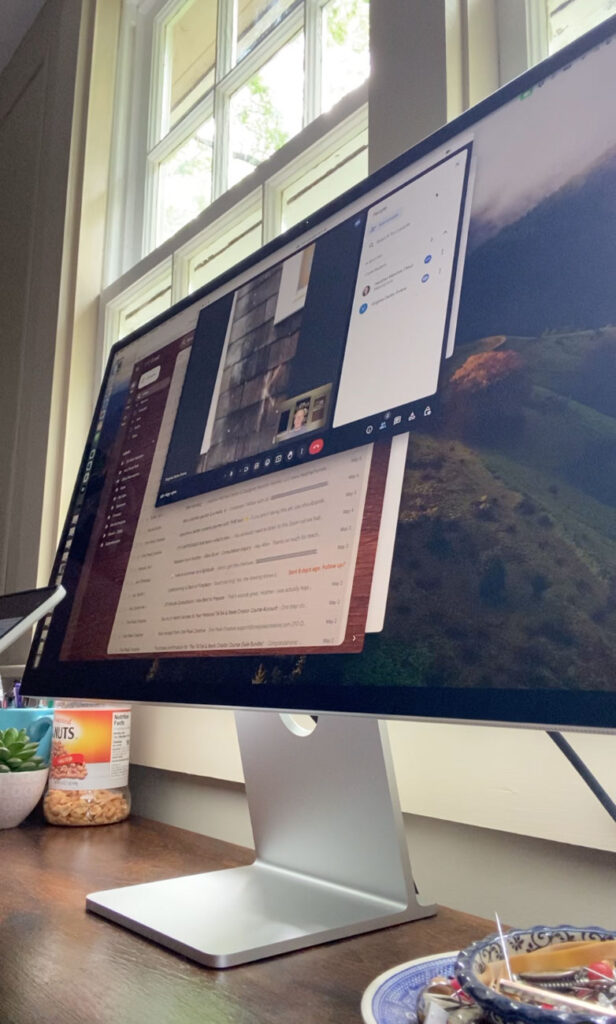
They wanted help evaluating their options so we met over Google Meet so I could see what they had to work with and gave them my opinion.
We’ll discuss restoring cedar shakes in great detail in part three of this series but let’s start with what I would advise in this situation. And how to handle those darn contractors.
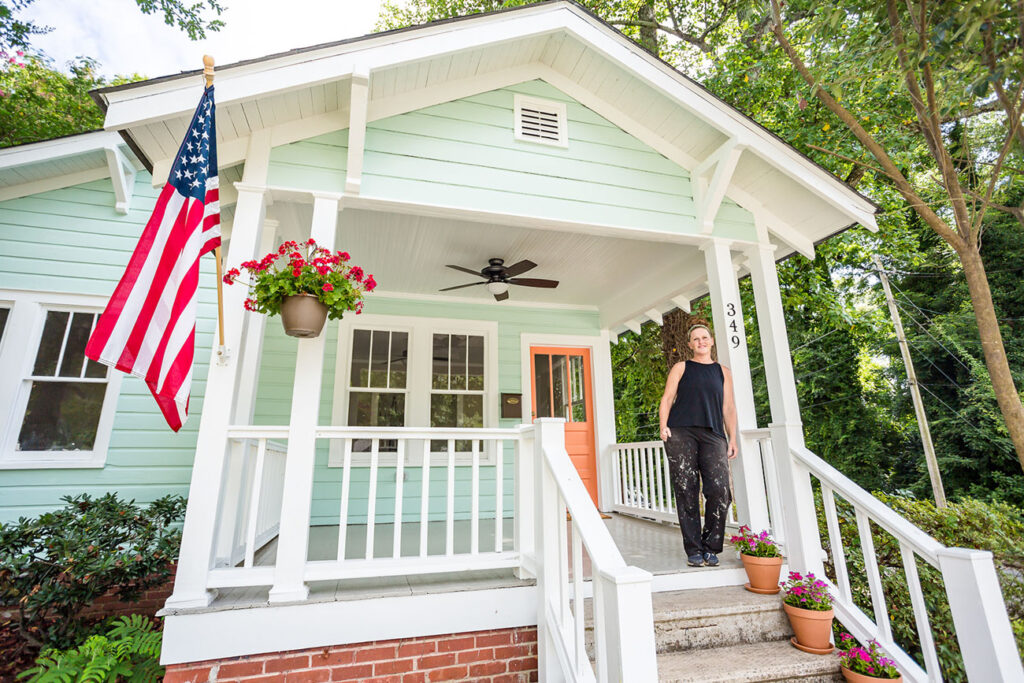
First Things First – Should You Remove the Vinyl Siding?
When someone asks me if they should remove the vinyl siding covering the original siding on their historic house my answer is always a quick yes.
What about aluminum siding? Yes, remove it.
What if the original siding underneath isn’t in great shape? You restore it. That’s what we like to call a historic home restoration.
Should you ever install vinyl or aluminum siding over original siding on a historic home? Come on people. Always a no.
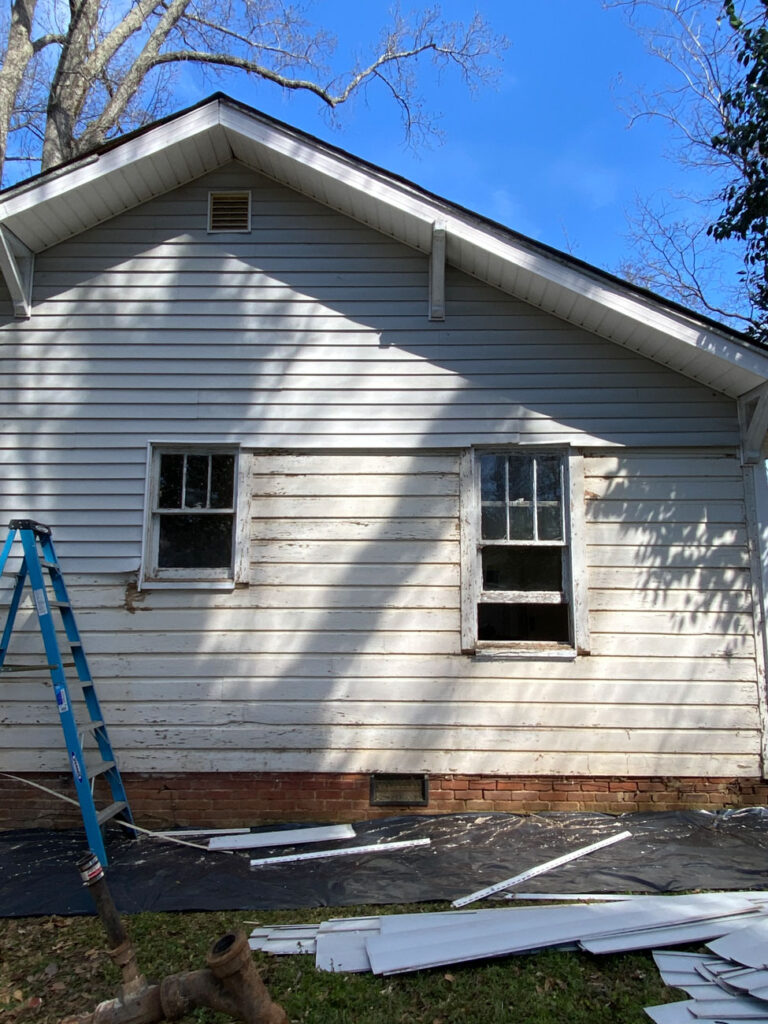
If you’ve been around a while, The West End pictured above is a great example of why to all of the above. And in the case of the couple I met with last week to discuss just this, well, kudos to them for removing the vinyl siding to begin with. I would have done the exact same thing, despite the risks.
The Truth is It’s Always a Gamble
Truth be told, it’s always a gamble removing vinyl or aluminum siding. But that hasn’t, and wouldn’t keep me from removing it generally speaking.
Nine times out of the ten, the reason it was installed in the first place was because the homeowners got tired of the upkeep of painting the house. That, and vinyl was a thing 30 or so years ago.
But typically speaking, while the siding underneath is probably going to need a lot of prep work done once uncovered, the vinyl or aluminum has most likely protected it. And I’ve said this before and I’ll say it again. They do not make things like they used to and the materials from 100 years ago are still superior to what they produce today, in my opinion. And in the opinion of most preservationists.
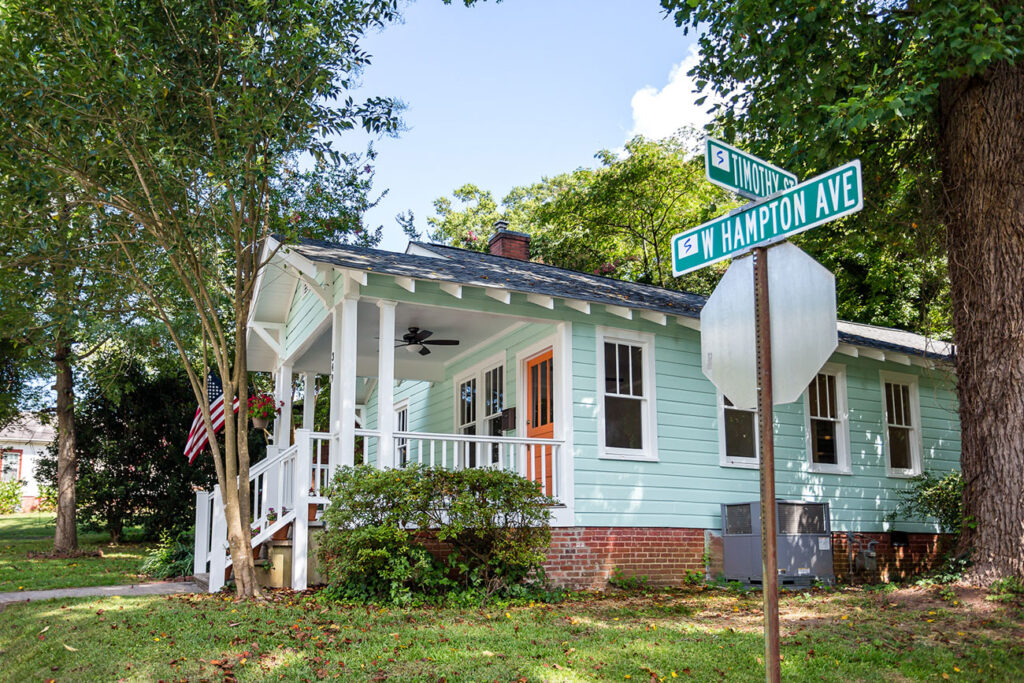
My Experience
Personally, I’ve had four opportunities to reveal original siding that had been covered up by some other type of siding. The two chances I took paid off big time. The two missed opportunities I guess I’ll never know.

The Little Gray Bungalow
The first time was with my second personal historic home, The Little Gray Bungalow. It was wrapped in red aluminum siding and sort of looked like a barn. Once I realized there was cedar shake underneath, that deal was done. I put in an offer and the first order of business was to tear off that red siding. The next door neighbor thought I was crazy.
While I did have to make some repairs to the windows where the sills had been butchered, overall, everything underneath was in pretty good shape. This was over 15 years ago so we’ve certainly improved the way we make repairs but I still say removing the aluminum made a huge difference for that house.
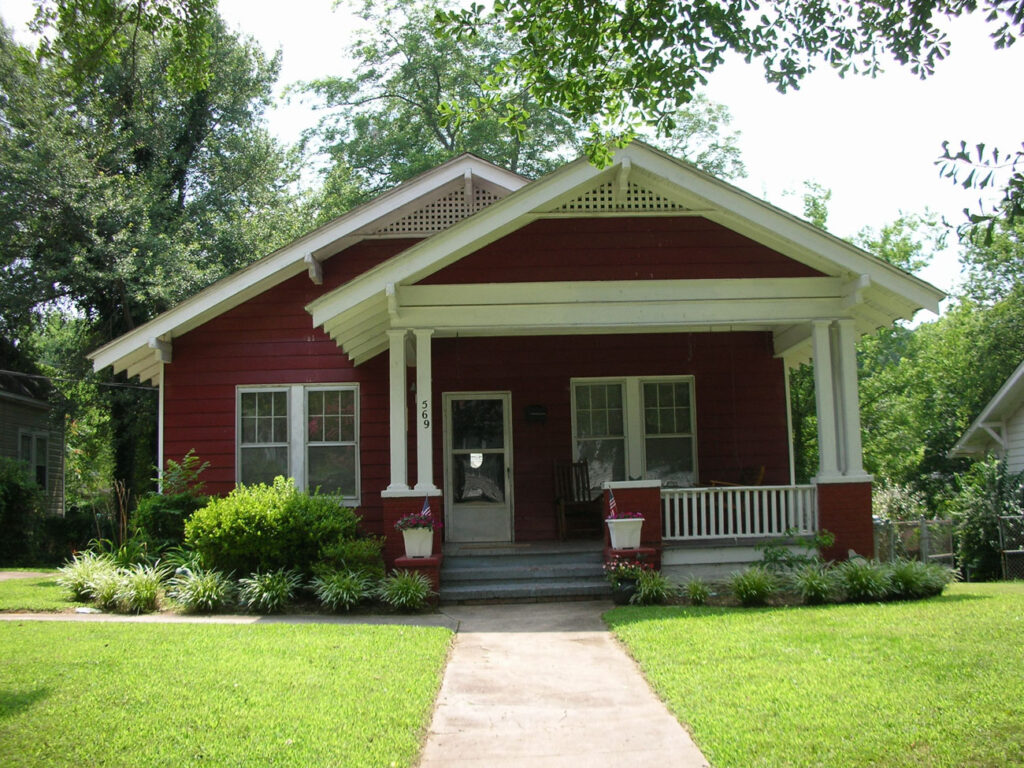
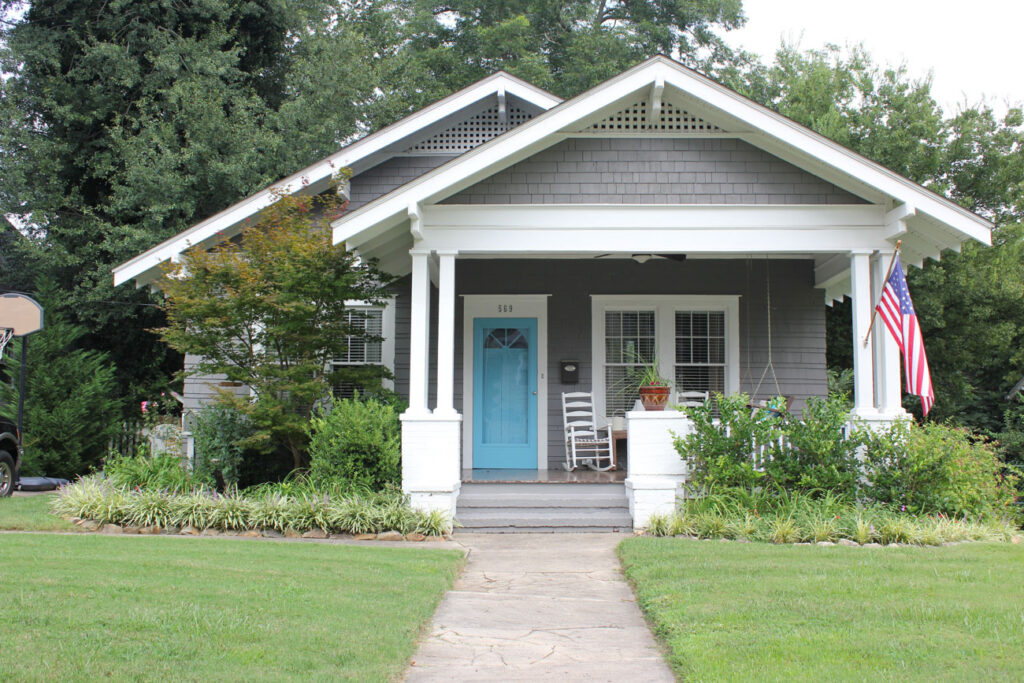
The Yellow House
The second time was with the Yellow House which actually has asbestos siding installed over wood siding. This is very common and as long as it’s left as-is, is not a health concern. I pondered for months as to whether or not to remove it because a couple of areas where repairs had to be made revealed wood siding intact underneath.
Regrettably I didn’t. Since it was asbestos and because it was an investment property and not my personal home, there were a lot of extra hoops I was going to have to jump through. The profit margins were already slim on that project so I had to make the hard decision to leave it with hopes the homeowners might consider that a project down the road. Homeowners have a lot more flexibility than investors do in terms of regulations.
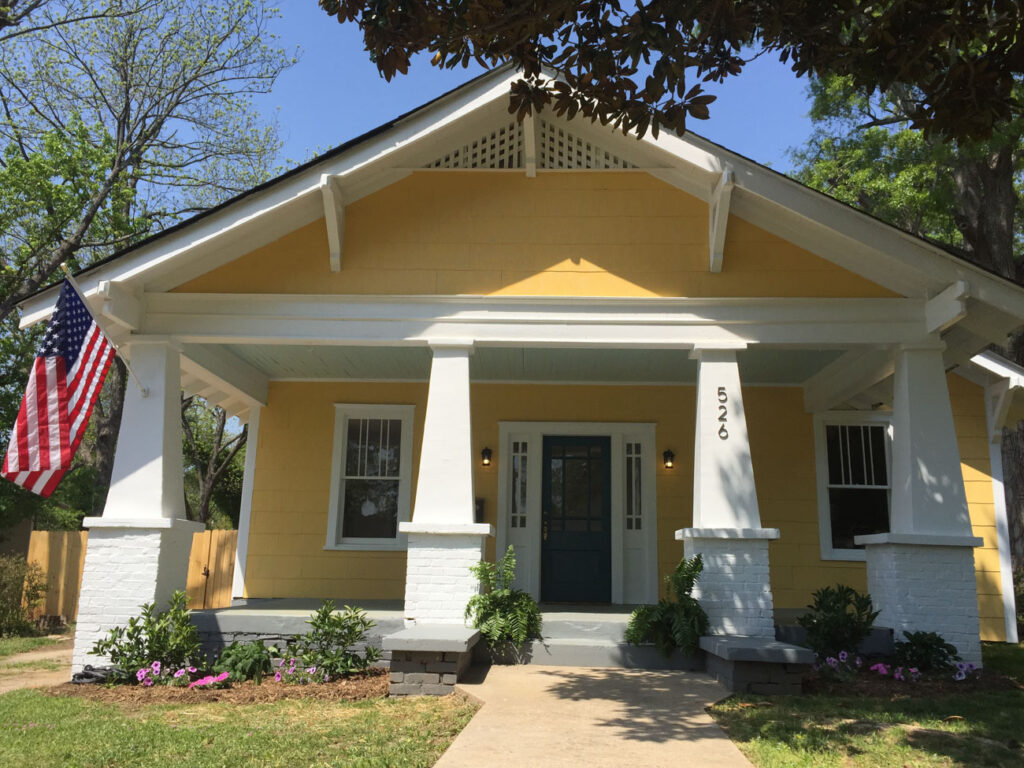
The Banda Bungalow
The third chance came with the Banda Bungalow that had sheets of wood paneling installed over the original siding. I can’t remember what style boards that house had underneath but since it was a client project, she was the decision maker. In the end, she chose to leave it as-is since she was already investing pretty heavily into the rest of the renovation. Perhaps the new homeowners she sold it to would consider restoring it down the road? Hint, hint.
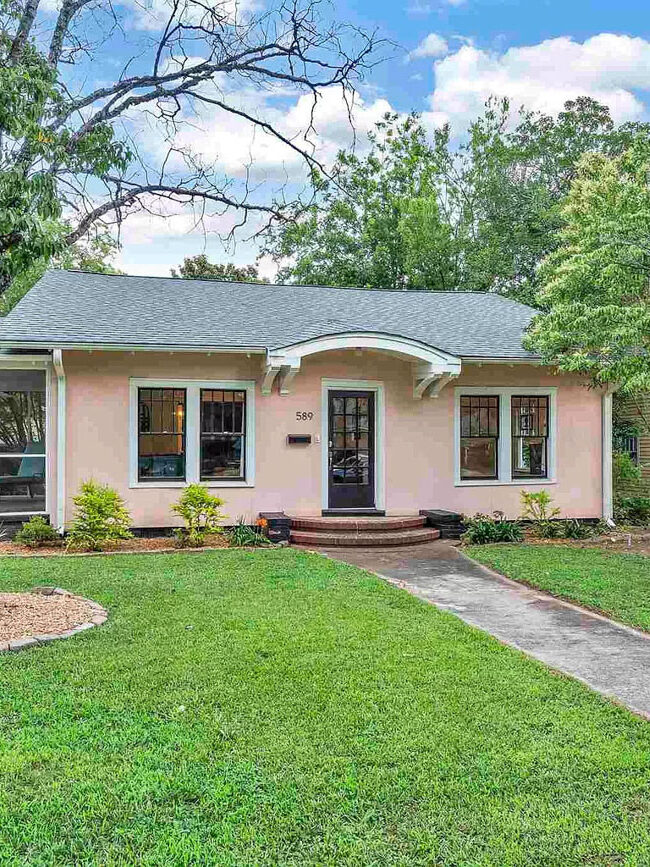
The West End
And the fourth example came by way of The West End. This is a shining example of why you should just go for it. This again was an investment property but with no asbestos involved and my curiosity in overdrive, one thing led to another and I had pulled off all of the siding on the back within the blink of an eye. I then had the guys pulled off the rest for me and it was pure old house magic.
It did take some proper repairs this time to the window sills but with the right contractor (aka really good carpenters), it’s not that difficult of a repair.

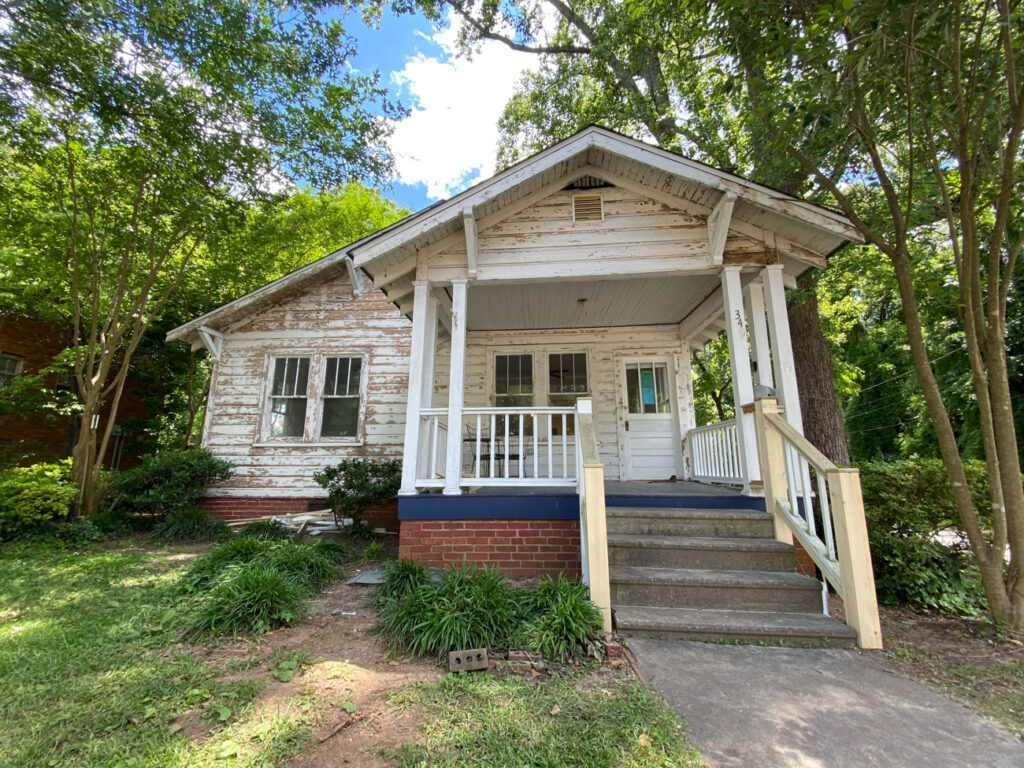
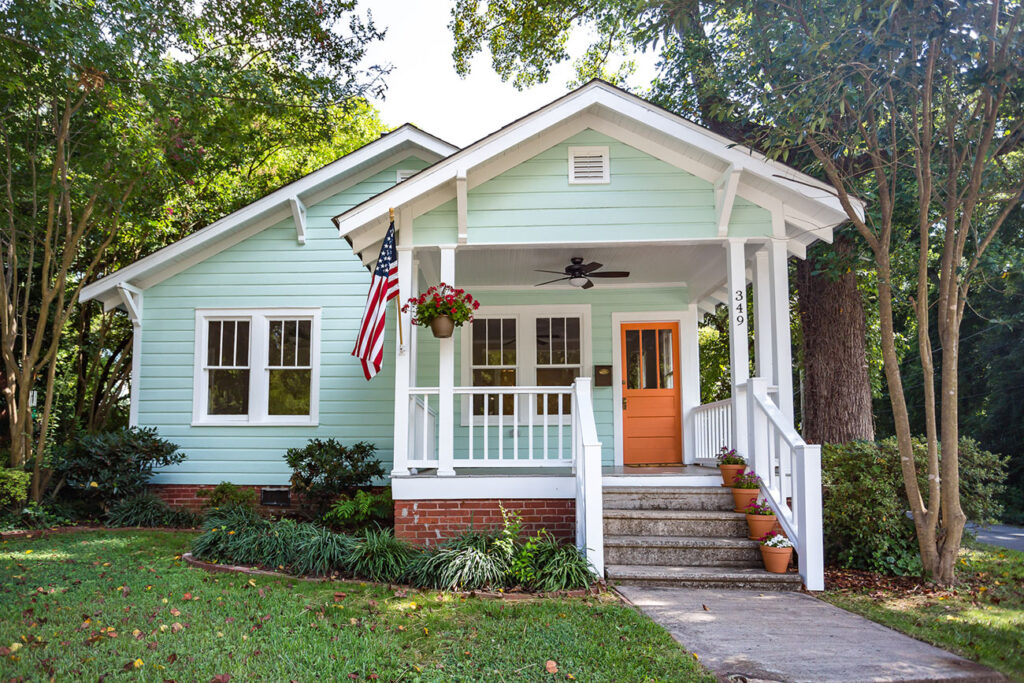
Speaking Of Contractors
If a contractor tries to convince you to remove original materials that are in relatively good shape to replace them with ‘more modern materials’ here’s what you do. Thank them for their time and tell them they are not a good fit for your historic home. In other words, they need to go. Nothing makes my blood boil quite like a terse response like replacing original materials with anything else.
While I understand that with technology and modern advancements, many contractors will argue that newer materials should be used. I completely disagree. As I said before, these historic homes are incredibly durable for a reason. It’s because they were made with materials that if taken care of properly can likely last another 20, 50, or more years.
If you come across a contractor that pushes you towards more modern materials, here’s my adivce. They just aren’t a good fit. Perhaps I could be persuaded to use modern materials for a new addition so long as they match, or compliment, the original house. Otherwise, my vote will always be no. Those are the contractors I quickly dismiss and continue looking for one that understands the value of restoration and is willing to go the extra mile. They do exist. You just have to look a little harder.
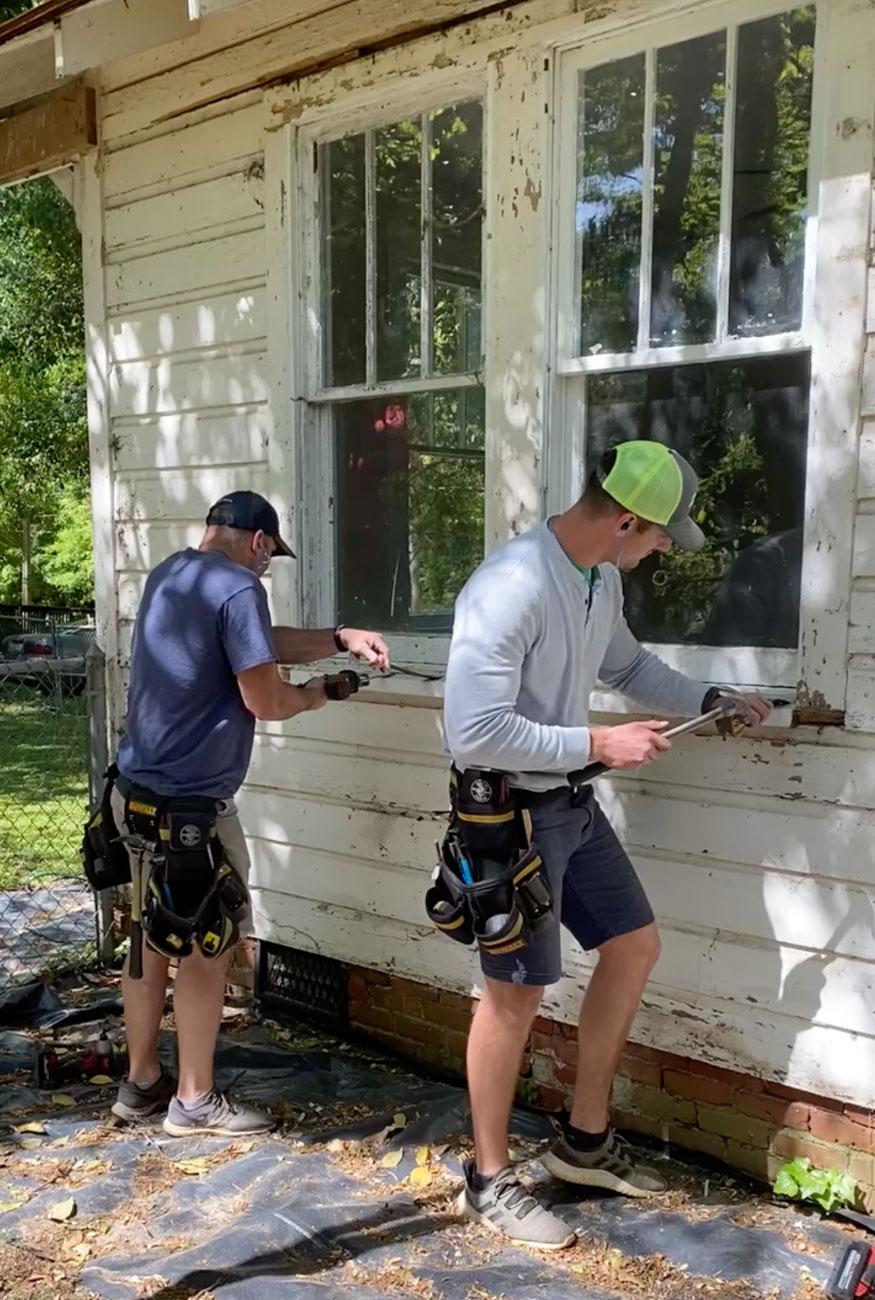
So What’s the Gamble?
Before wrapping up, I do feel a responsibility to provide you with some of the risks as well. We’ll dive deep into these next in part two of this series, Restoring Original Siding: Worse Case Scenario.
In the meantime, here’s a short list of repairs you’ll likely encounter when you remove that vinyl or aluminum siding:
- You’ll be removing nails for days, and still miss some.
- Some siding repairs. And depending on what style of siding you have, sometimes it’s hard to find a source to provide wood siding to match the original.
- Window trim and sills. When they installed the vinyl, often times they cut sills (the part that sticks out at the bottom) and trim overhang (a piece typically along the top of the window) flush with the house so the vinyl would sit flat. Those will have to be replaced.
- Tons of prep work before you can paint.
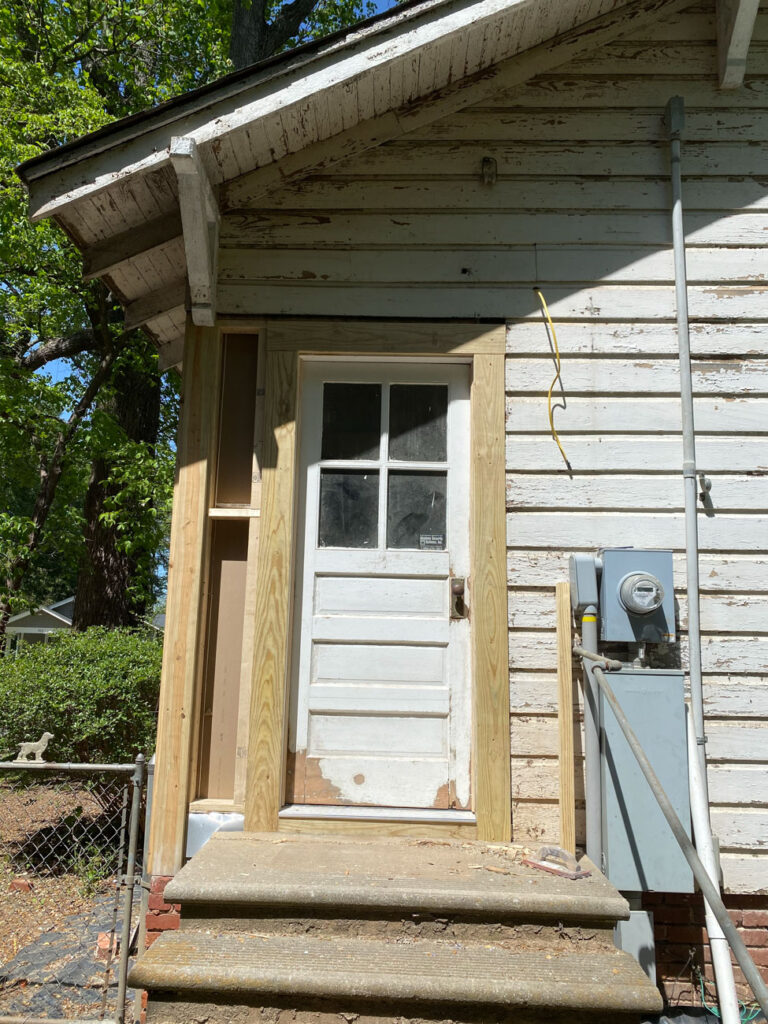
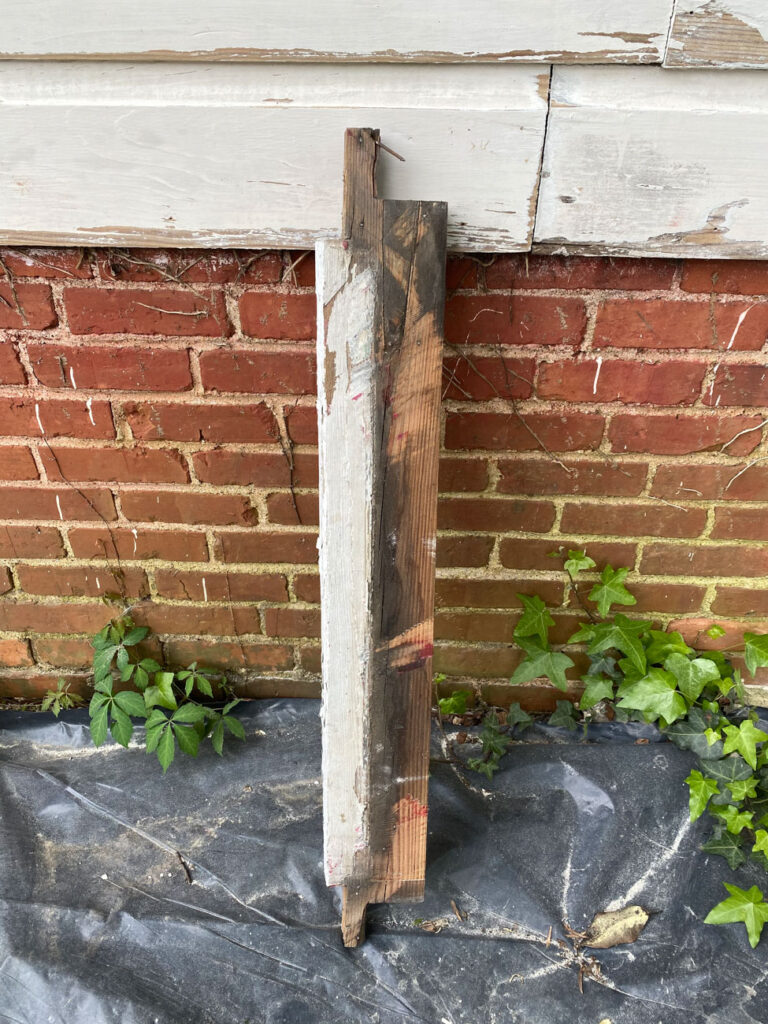
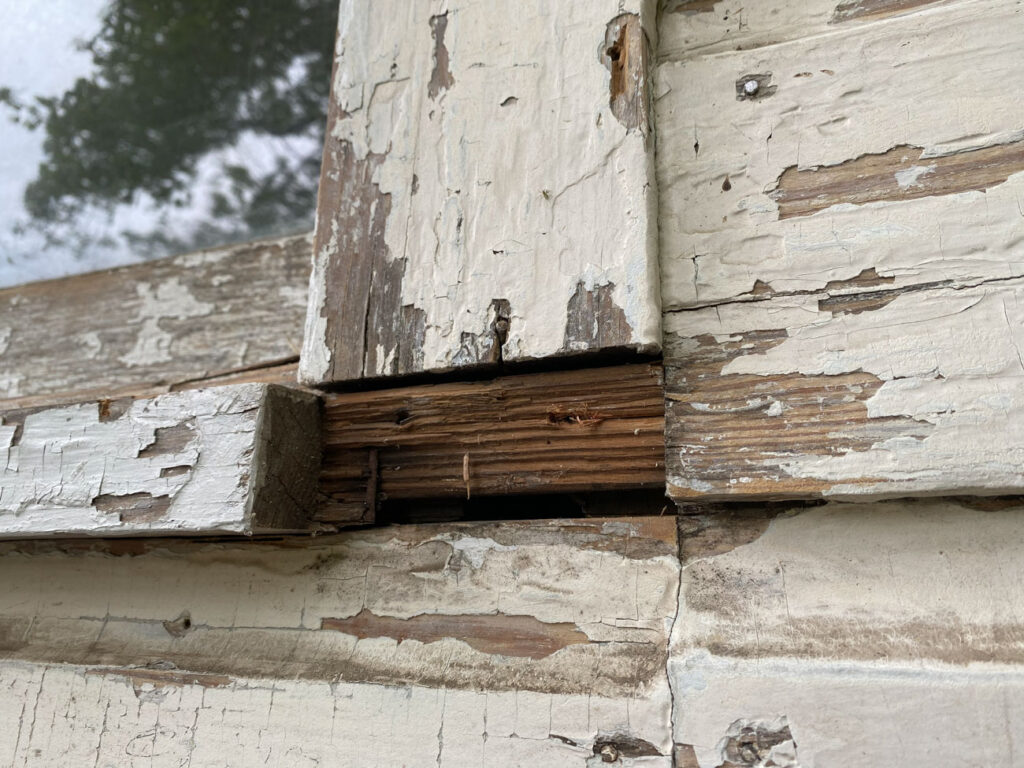

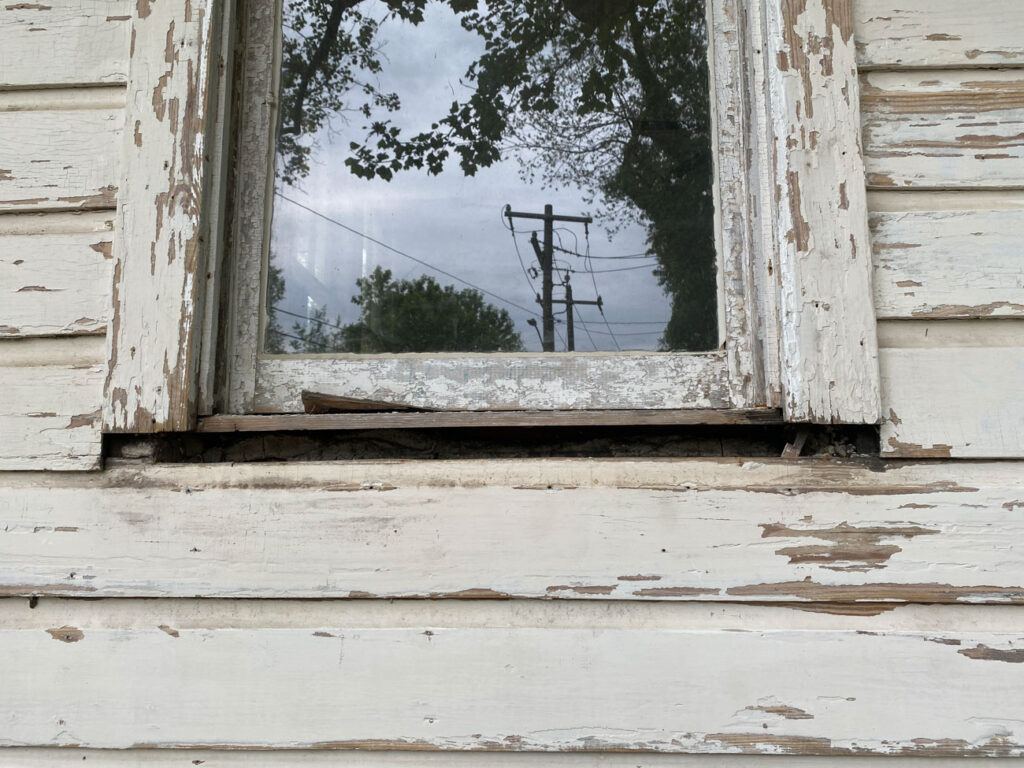
- And in the worse-case scenario, you may find that windows or doors had been removed or resized. This likely means they framed to fit the replacements and then covered it up. In these instances, you’ll likely have to make more complex repairs. And in some cases you might be required to install new windows to match the historical integrity of the home.
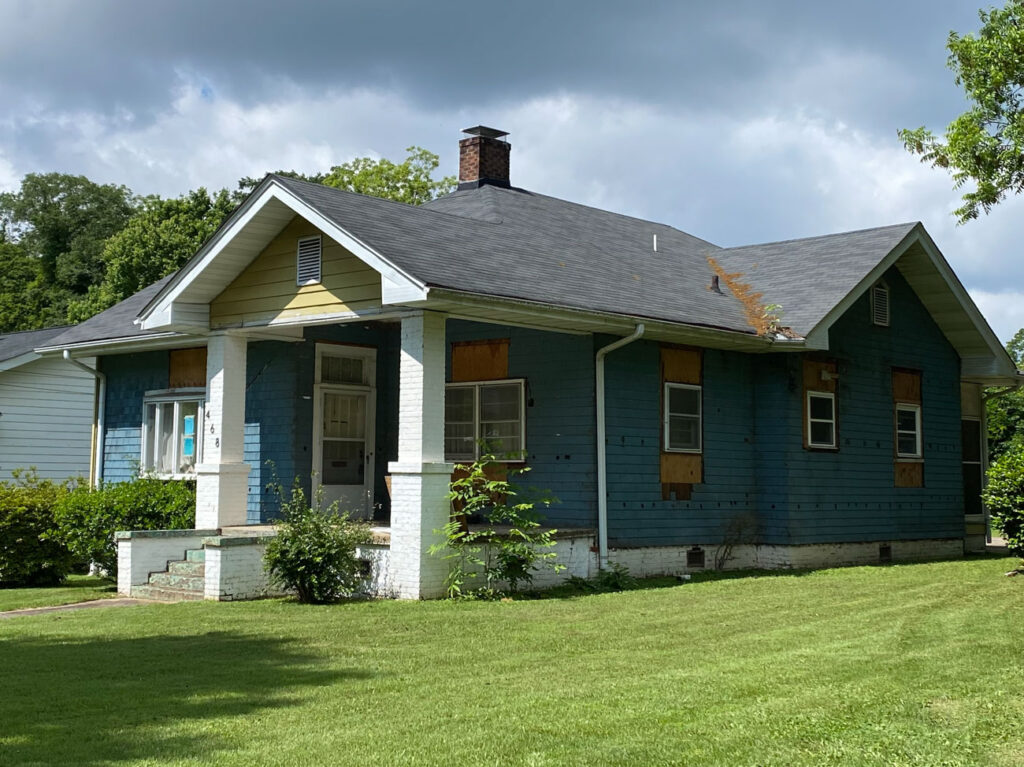
While the house above is not one of mine, it is one in my neighborhood currently being renovated. I was overjoyed to see they took off the aluminum siding but also quickly realized what they had gotten into. This leans towards the worse case scenario in terms of what might be underneath. The good news is that hopefully the house will look original once it’s finished. I guess time will tell.


My Advice?
It’s worth it. It’s always worth it.
The wide door and window casing, unique siding, and intricate details are what make historic homes unique and special. And if you have the opportunity to uncover some of that old house magic, I say go for it.
Next week we’ll take a closer look at the worst case scenario in part two of this series. And then we’ll explore my personal favorite, cedar shake shingles. I’ll dig deep into that subject in Restoring Original Siding: Cedar Shake Shingle Tips. So be sure to check back for more.
READ LATEST
the


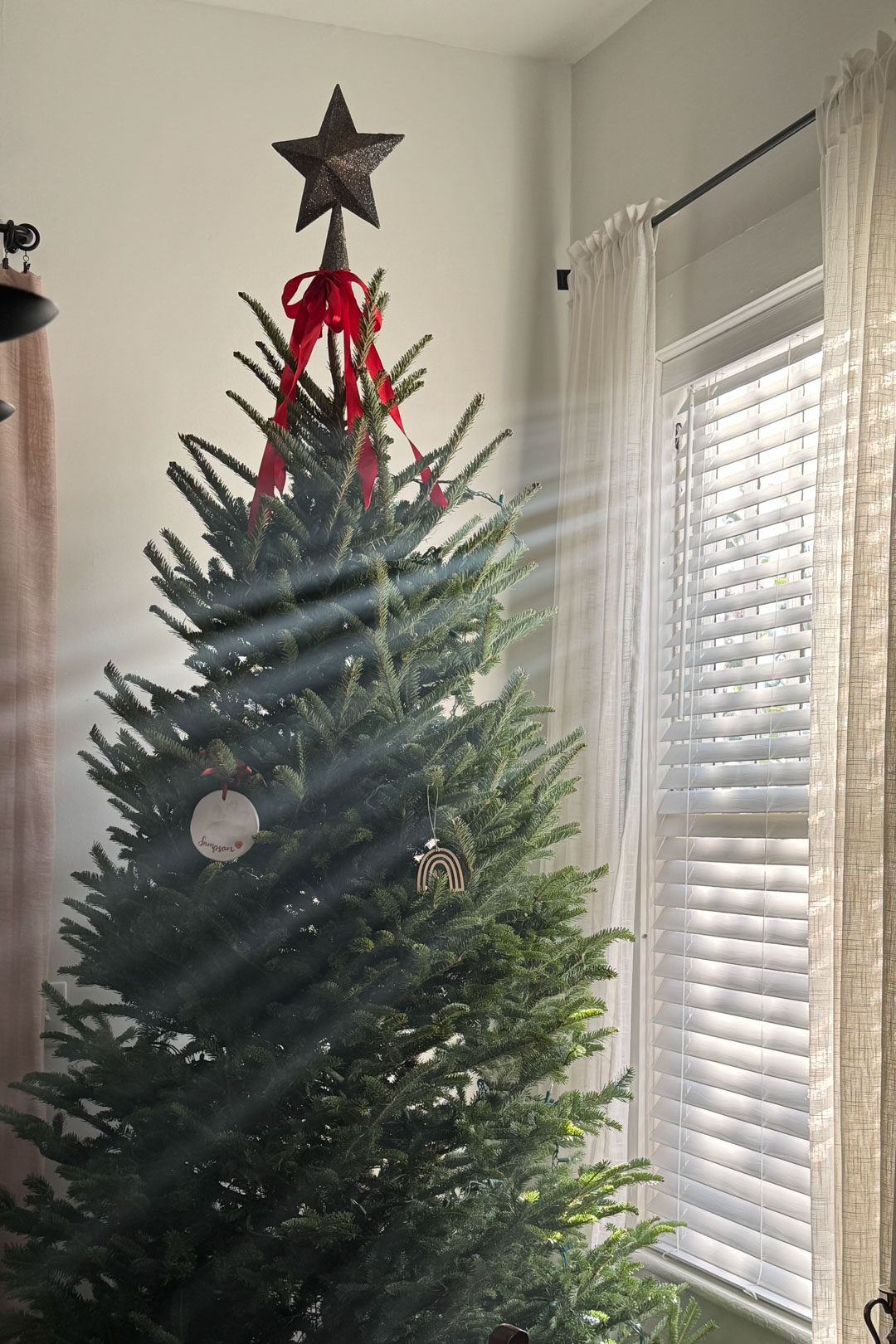
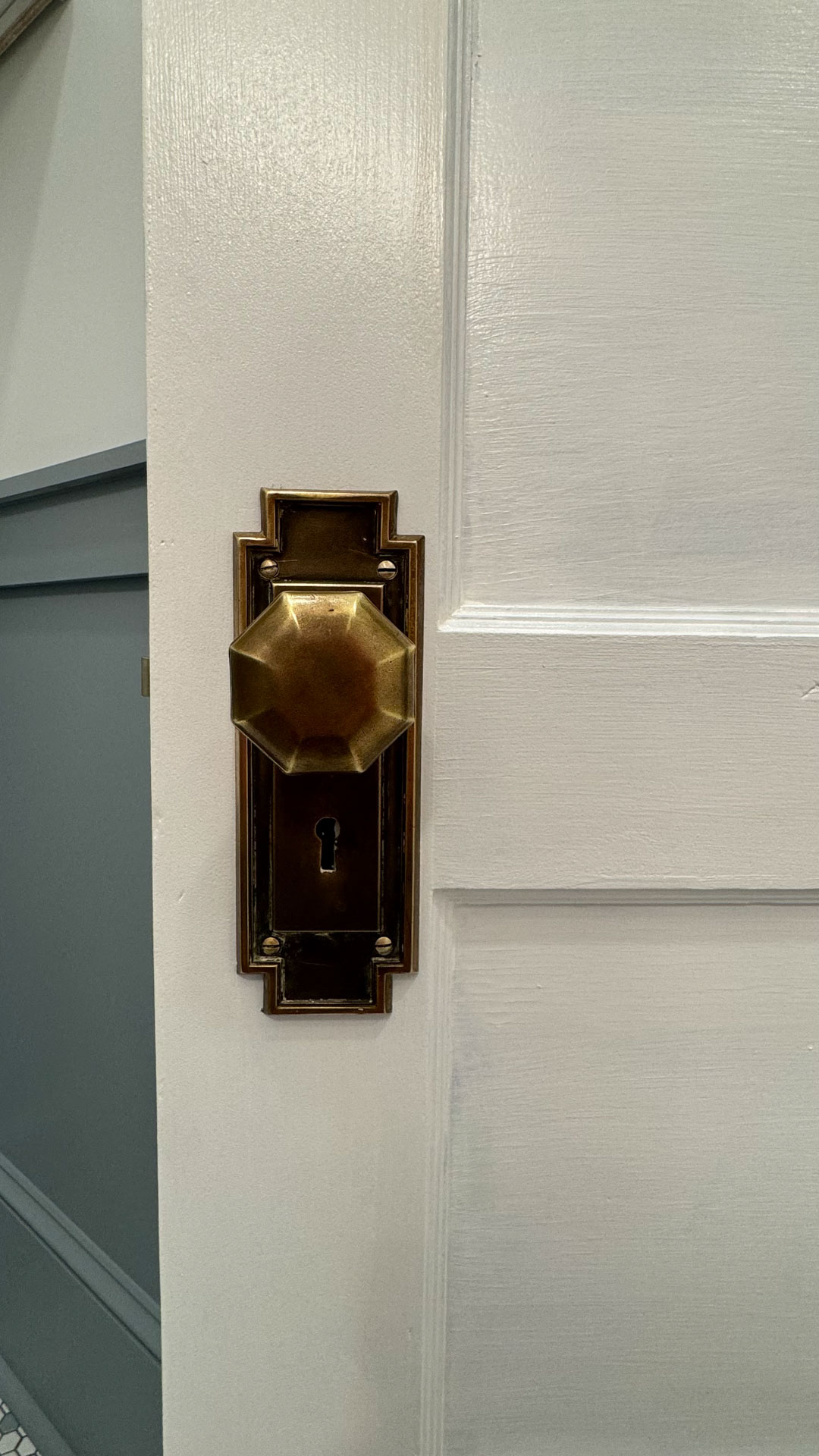

+ Show / Hide Comments
Share to: